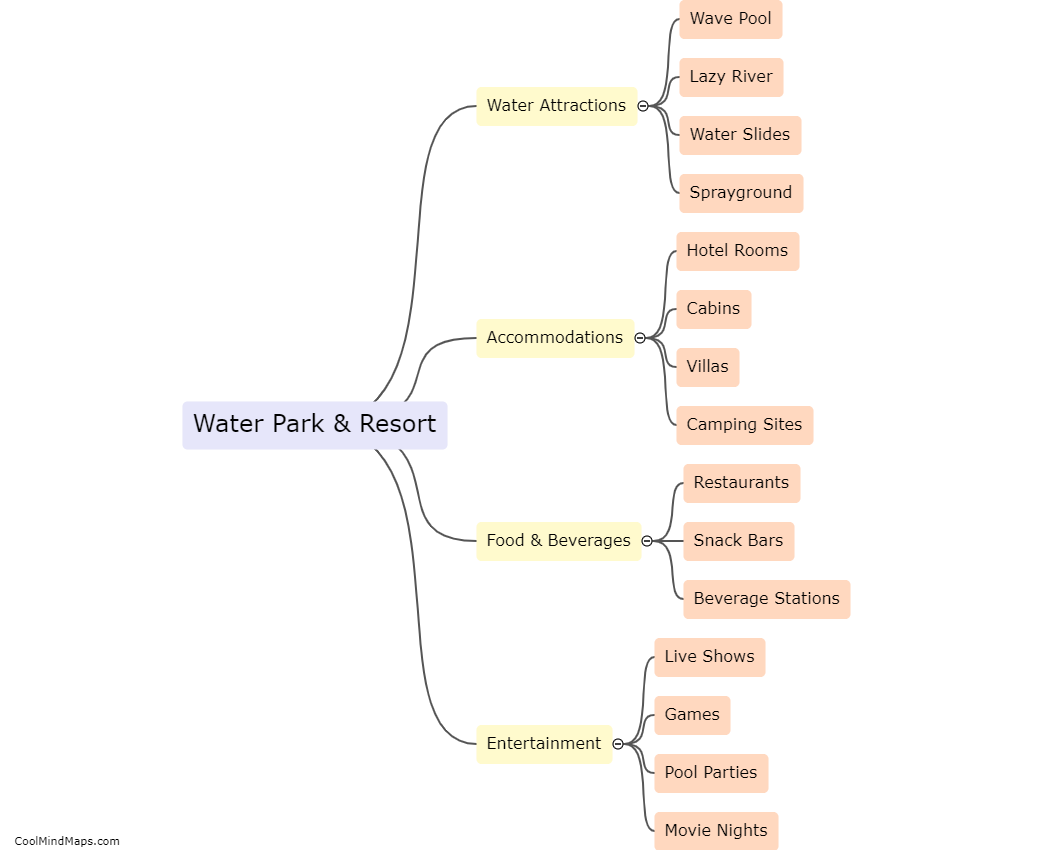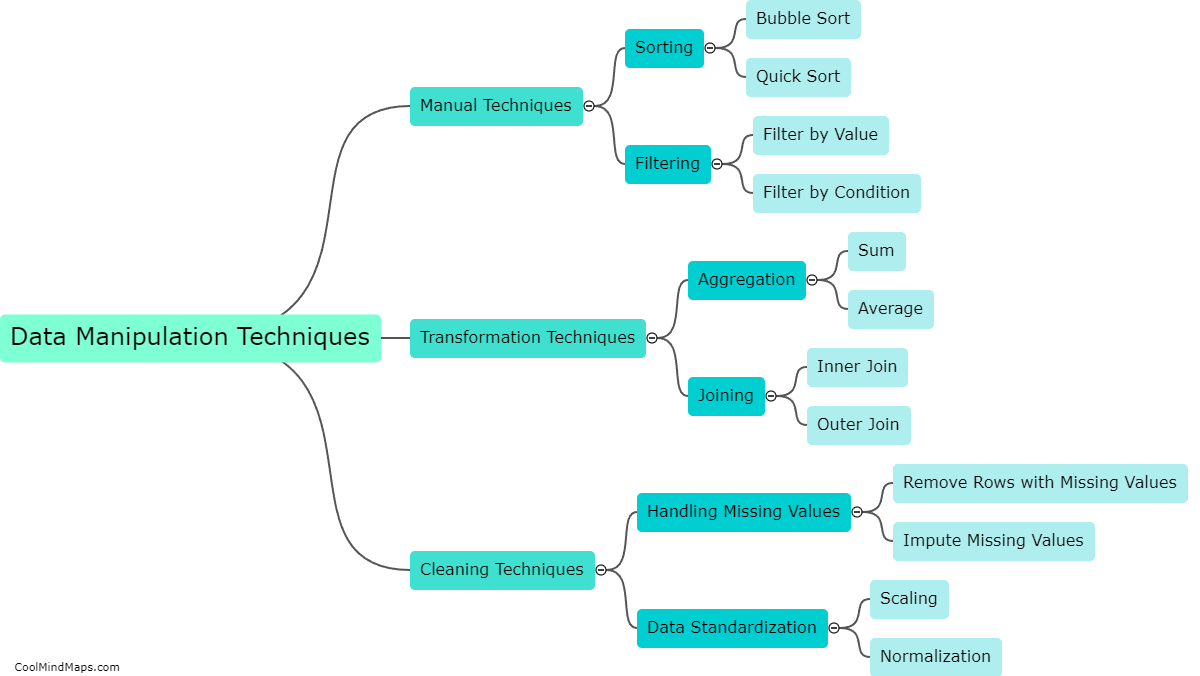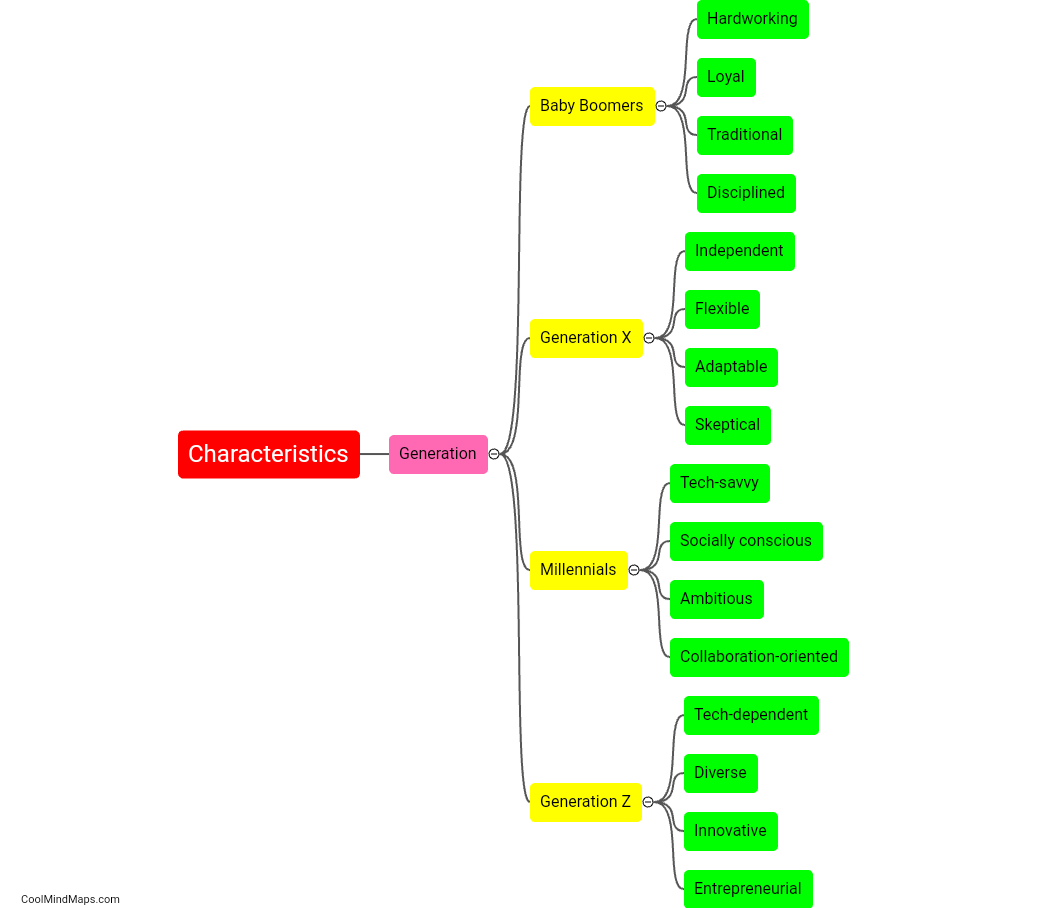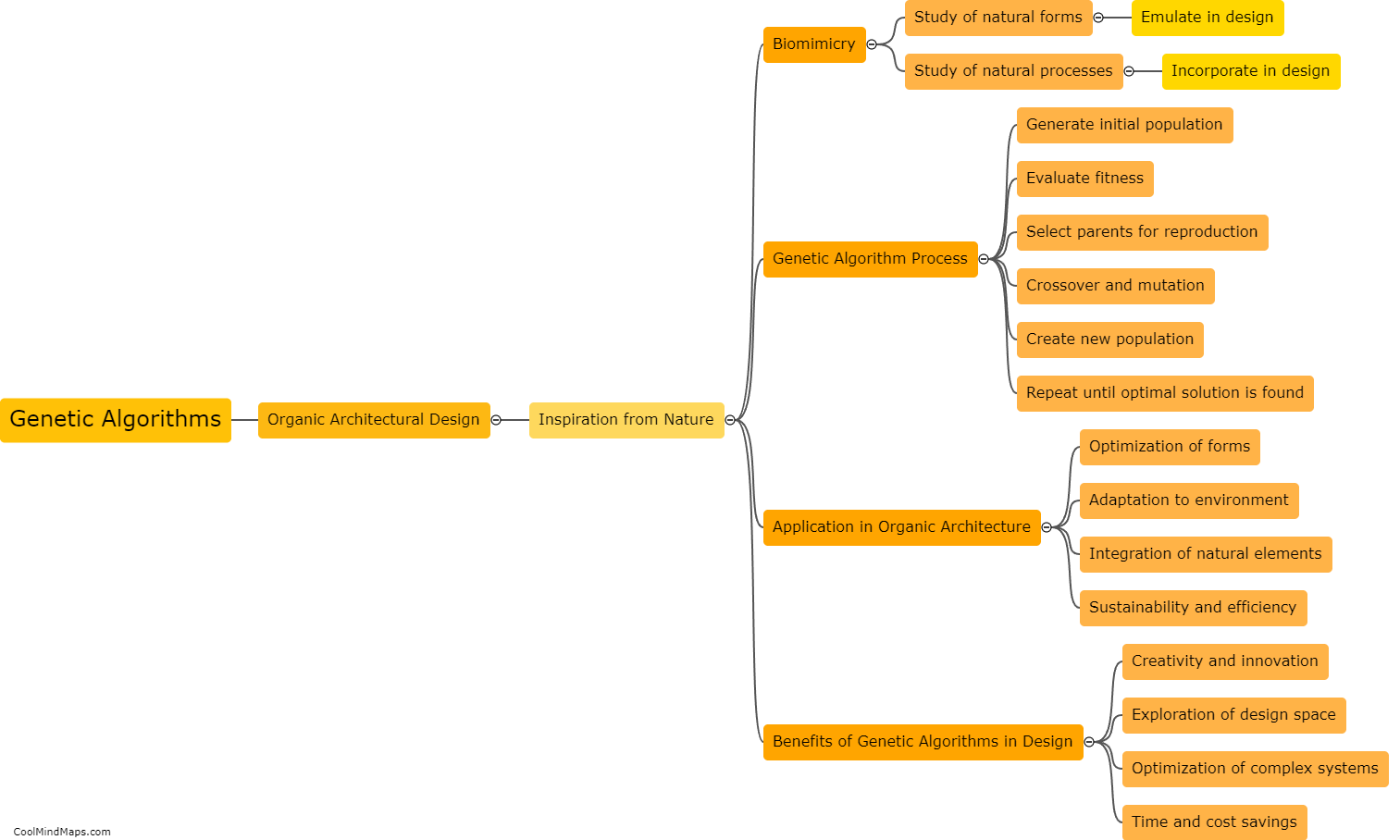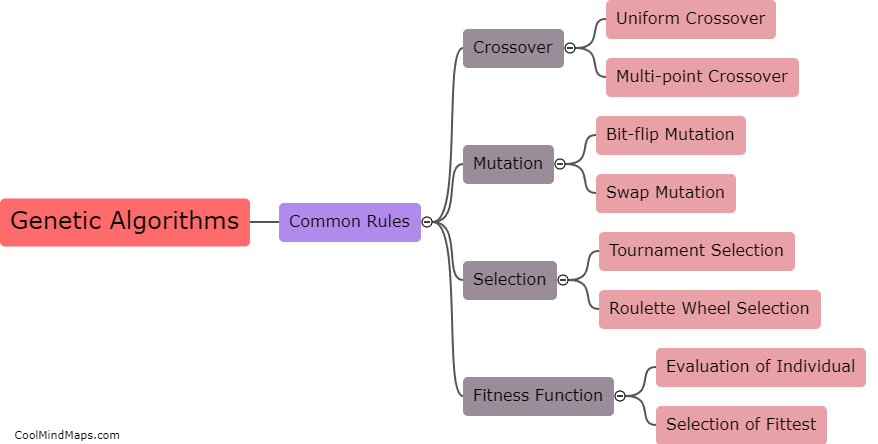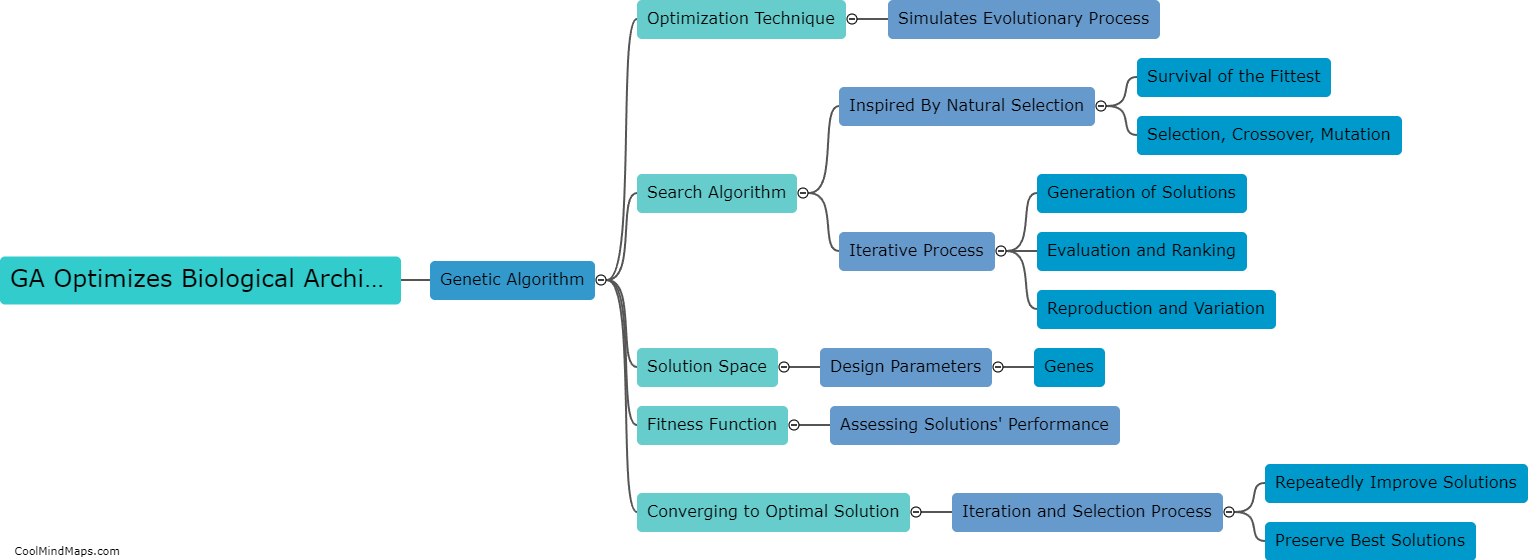How is genetic algorithm used in biological architecture?
Genetic algorithms are extensively employed in the field of biological architecture to mimic the natural process of evolution in order to produce innovative and optimized architectural designs. This computational technique is inspired by the principles of genetics and natural selection, where a population of potential solutions evolves over successive generations to converge towards the most optimal design solution. Genetic algorithms are particularly useful in generating complex architectural forms and spatial configurations that meet specific design criteria and performance requirements. By iterating through multiple generations of design solutions and evaluating their fitness to the desired objectives, genetic algorithms enable architects to explore a wide range of possibilities, discover novel design solutions, and improve the efficiency and functionality of biological architecture.

This mind map was published on 19 November 2023 and has been viewed 88 times.

